Pigmentation
A pigmentation disorder affects the colour of the skin. Dark patches or light patches form on the skin, resulting in an uneven skin tone or ‘patchy’ sections of skin.
Scroll down to learn more about the causes, symptoms and what effective treatments are available to visibly reduce the appearance of pigmentation.
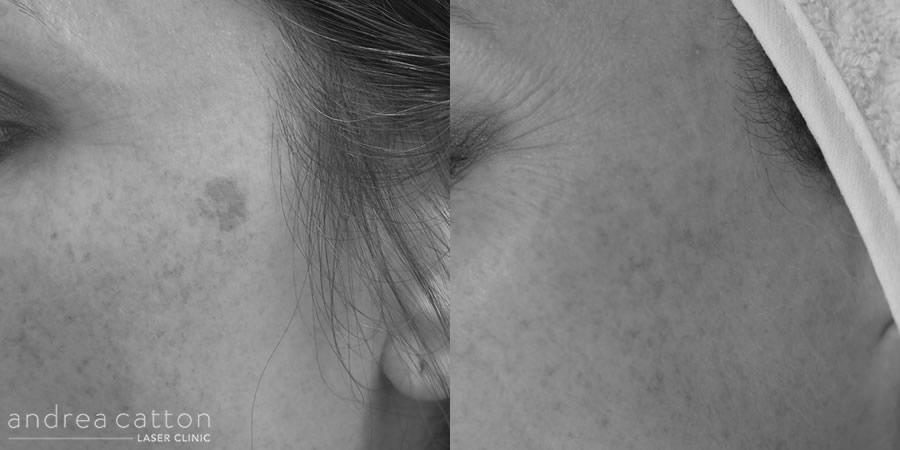
Causes
Pigmentation can be connected to genetics and hormonal changes. Some medical conditions cause pigmentation. Burns and spots can also cause pigmentation. The visible effects of pigmentation tend to worsen with age.
In all cases of pigmentation, it occurs because of a failure or overproduction of melanin deposits. These deposits are produced by melanocyte cells. The direct cause of this in most cases is overexposure to sunlight or sun beds.
Hyperpigmentation and Hypopigmentation are the two main types of skin pigmentation disorder. The former is characterised by dark skin patches, the latter by light skin patches.
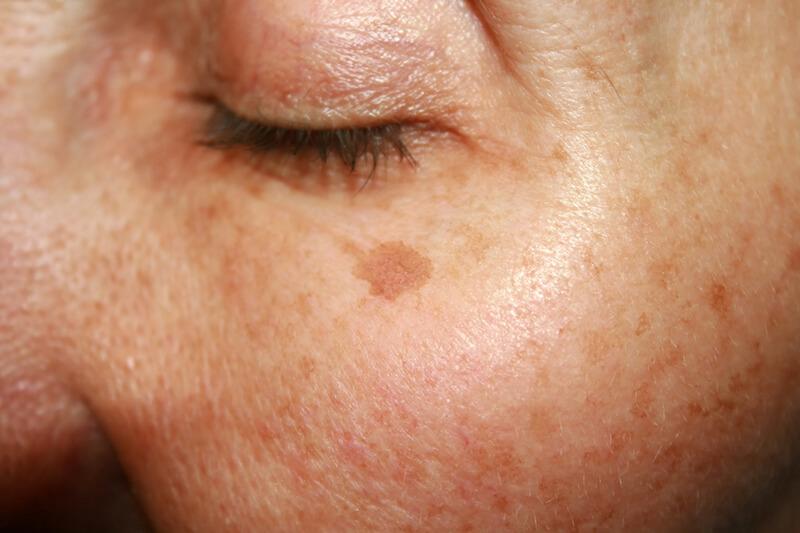
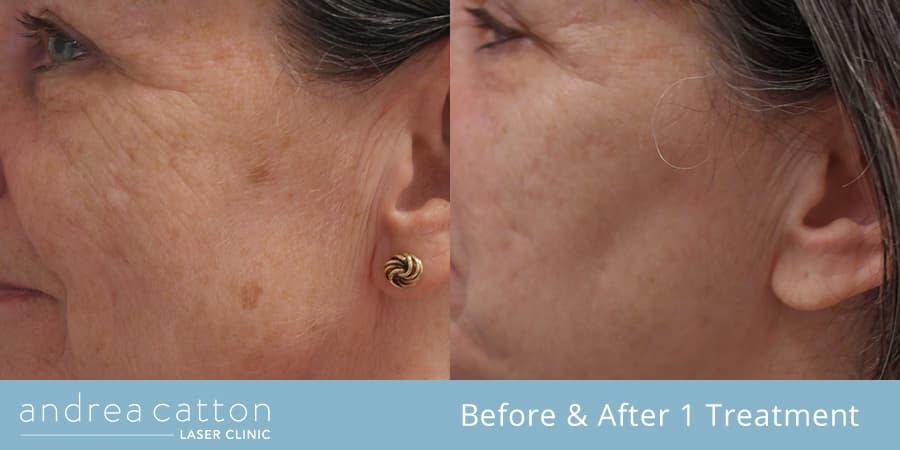
Symptoms
Discoloured patches of skin form on the body. These can be dark in the case of Hyperpigmentation, or light in the case of Hypopigmentation. The patches can be almost any size. They tend to be localised.
Spots of Hypopigmentation can be more prone to sunburn than regular skin. Sun beds can also cause soreness. Other than that, pigmentation is a harmless condition.
Available Treatments
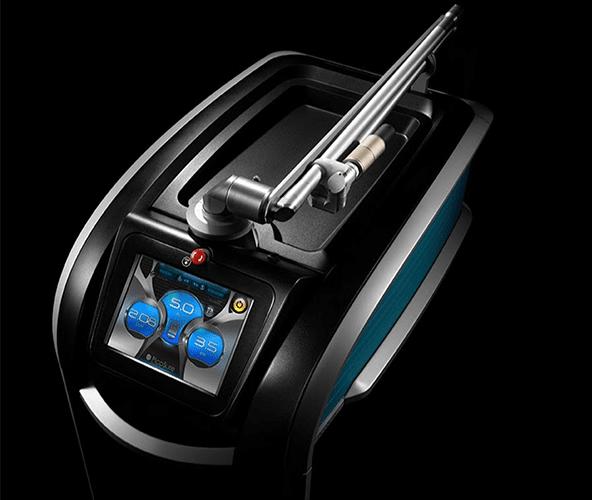
FROM £75
Laser Treatment
Localised thermal damage causes an increase in the production of collagen in an acne depression, which in turn softens the edges and improves the appearance of the scars.
- Visible results after 1-2 treatments
- Non-invasive treatment
- Minimal downtime
Learn More
Submit Enquiry
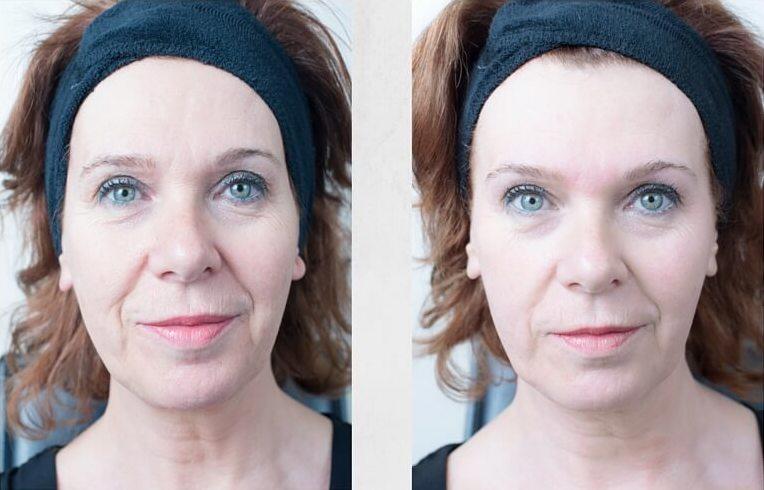
FROM £60
COMCIT Elite
Incorporating Cryo-Oxygen Microchanneling Collagen Induction Therapy with industry leading.
Microdermabrasion technology, COMCIT treats ageing, dehydrated skin with instant results that are long-lasting.
- Immediate and long-lasting results*
- Virtually no downtime and no time off work required
- A favourite with celebrity and A-listers
- Significant cost saving compared to surgical treatments
Learn More
Submit Enquiry
If you have any questions or would like to discuss treatments available, fill in our simple form and we will contact you to discuss your requirements.

